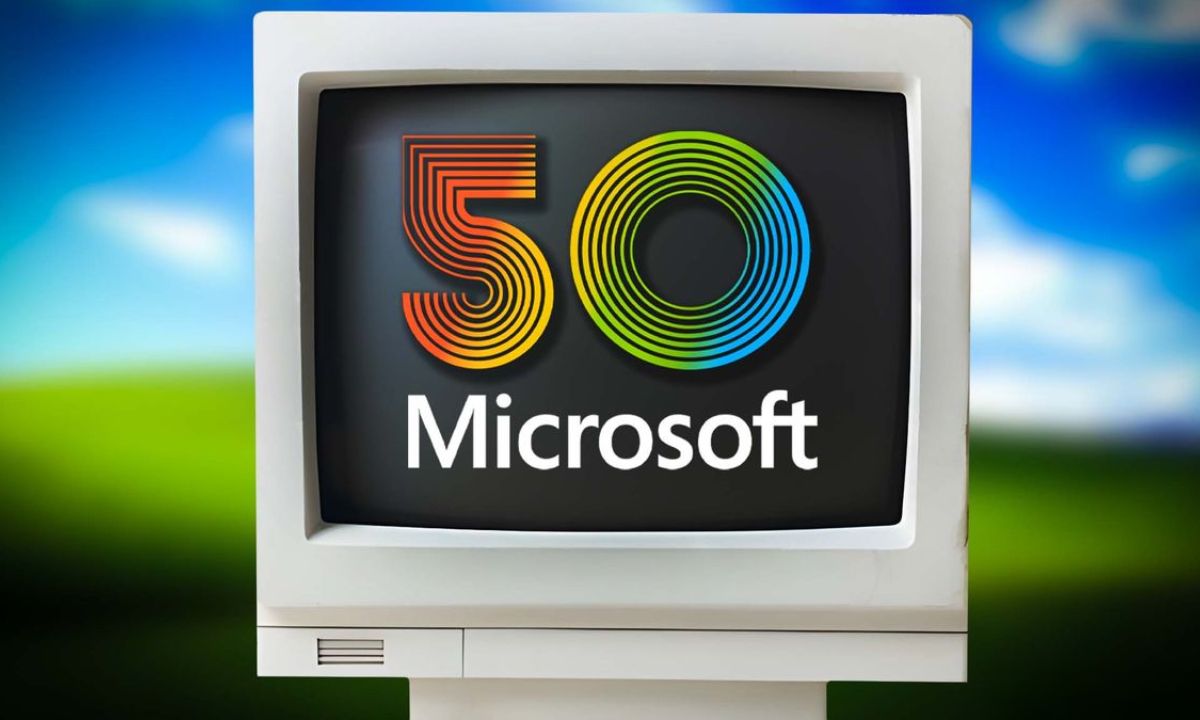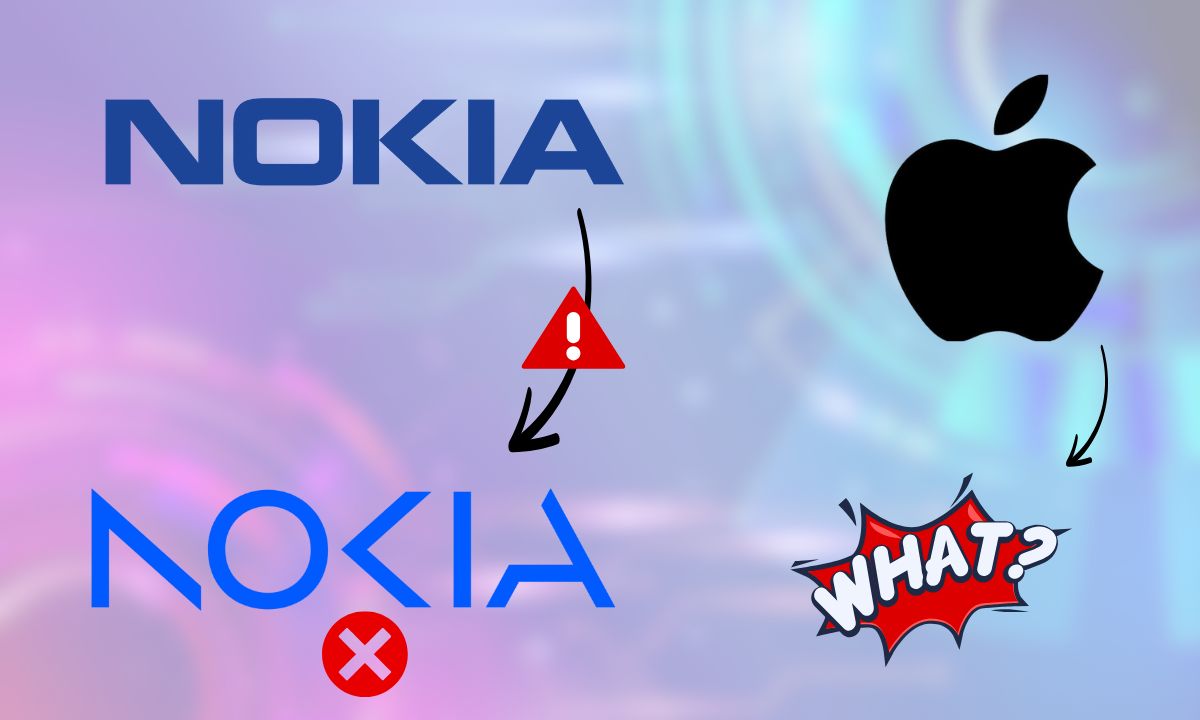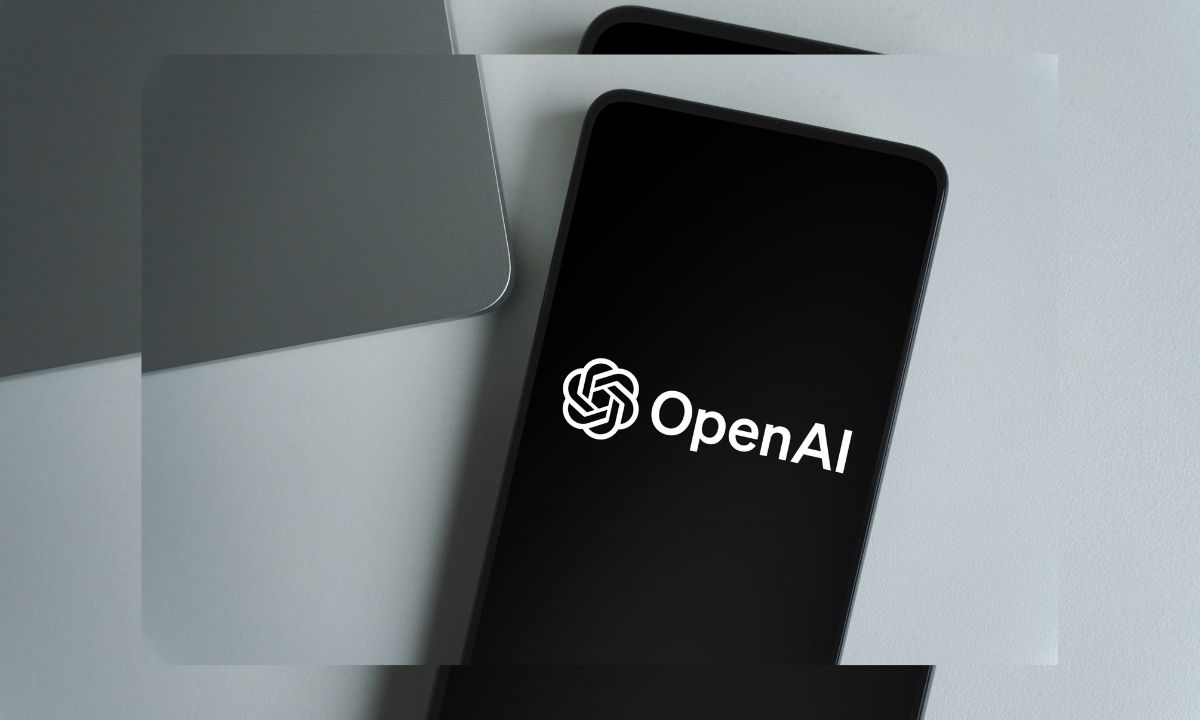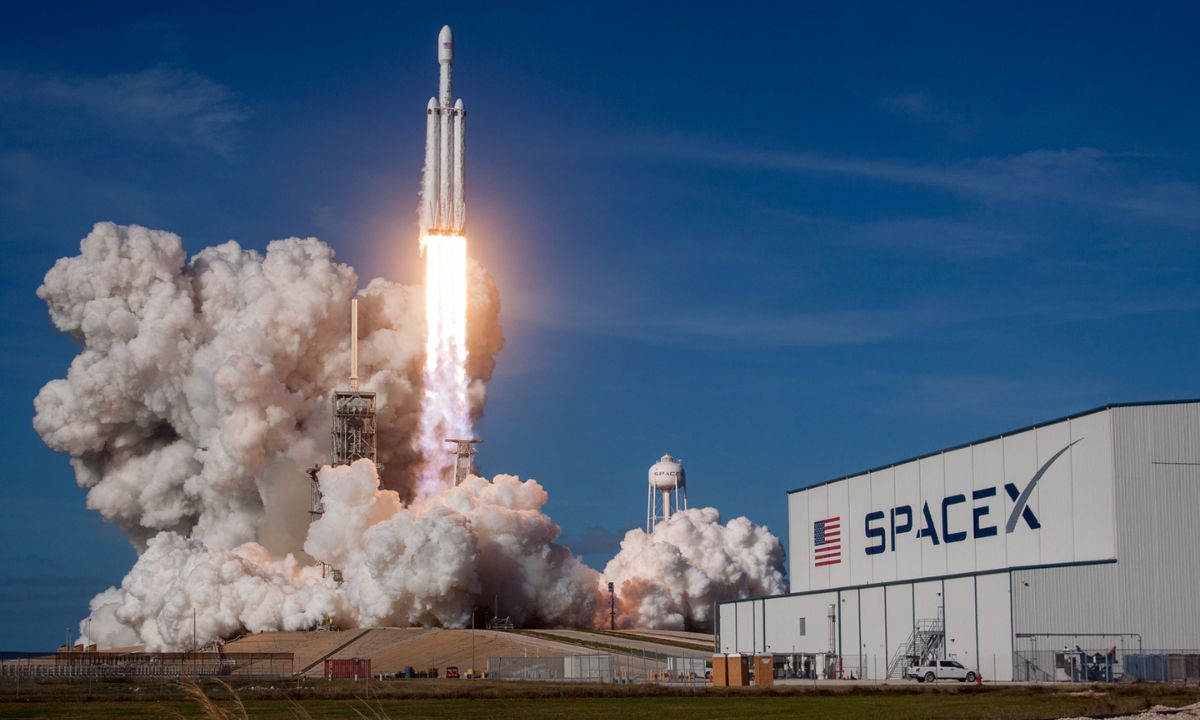Microsoft, one of the giants in the technology industry, celebrates it’s 50th anniversary. To mark the occasion, CEO Satya Nadella amazed everyone by showcasing the power of Artificial Intelligence (AI) in a unique way.
AI Showcased with Microsoft’s First Product
Satya Nadella used AI to recreate Microsoft’s first product, Altair BASIC, impressing viewers with its capabilities. Through a video posted on X, he demonstrated how AI could be used to bring back old memories while showing the rapid advancement of technology.
The Birth of Microsoft
Founded on April 4, 1975, Microsoft has become a leader in the Information Technology industry, particularly in computer software. The company has grown from a small startup to one of the largest corporations in the world.
Microsoft’s First Product: Altair BASIC
Bill Gates and Paul Allen developed the Altair BASIC programming language in 1975 for the 8800 microcomputer. This marked the beginning of Microsoft’s journey and paved the way for future innovations. Nadella explained in the video that technology is a simple combination of skills and resources.
How AI Was Used to Recreate Altair BASIC
Nadella used Microsoft’s AI assistant, Copilot, to recreate the Altair BASIC product. The process involved giving AI prompts, like “I have an Altair, but I don’t know how to use it.” After some commands, Copilot processed the task in just 10 minutes, showing the efficiency of AI.
Microsoft’s Remarkable Journey to Becoming a $3 Trillion Company
From its humble beginnings in Albuquerque, New Mexico, Microsoft has transformed into a $3 trillion company. Along the way, it acquired several major companies, including LinkedIn in 2016, Nuance Communications in 2022, and Activision Blizzard in 2023, spending a total of $121 billion.
Microsoft’s Legacy: Key Milestones in its 50-Year History
The Early Years: Foundation and First Product (1975)
In 1975, Bill Gates and Paul Allen launched Microsoft and introduced their first product, Altair BASIC, a programming language for the Altair 8800 personal computer.
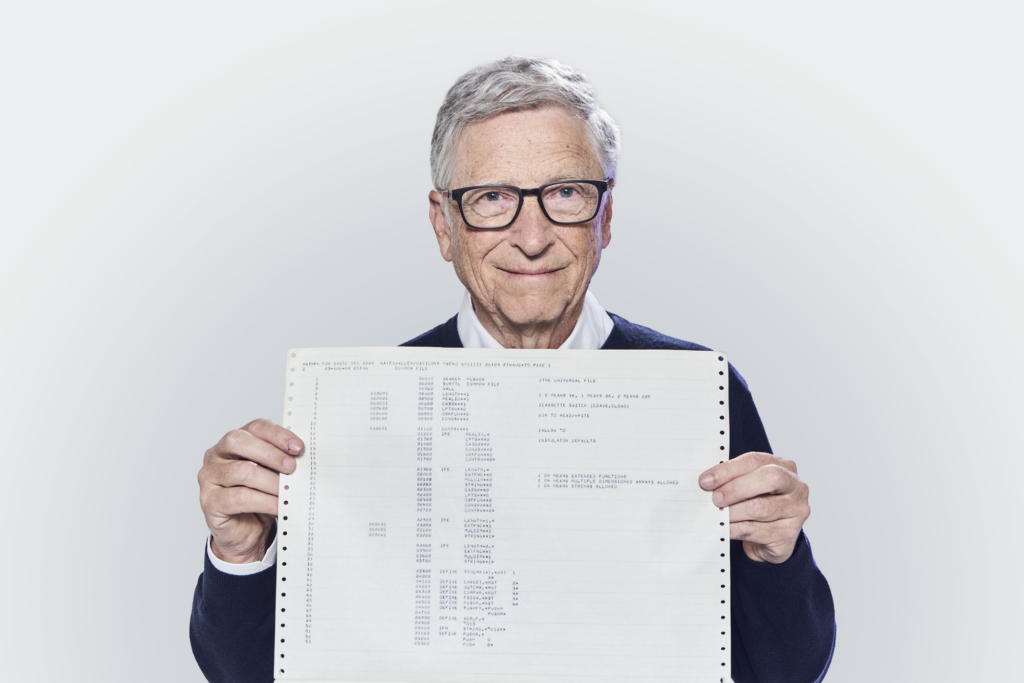
The Rise of MS-DOS and IBM Partnership (1981-1989)
In 1981, Microsoft moved its headquarters to Redmond, Washington, where it continues to operate today. During this period, Microsoft collaborated with IBM to distribute the MS-DOS operating system, which became a vital part of the personal computer boom. In 1985, Microsoft released the first version of Windows.
The Windows and Office Software Era (1990s)
Microsoft Windows 3.0, released in 1990, was a massive success. In 1995, Windows 95 revolutionized the operating system with a new user interface and built-in internet support. Microsoft’s Office software (Word, Excel, PowerPoint) became the go-to product for computer users worldwide, whether in business, education, or home use.
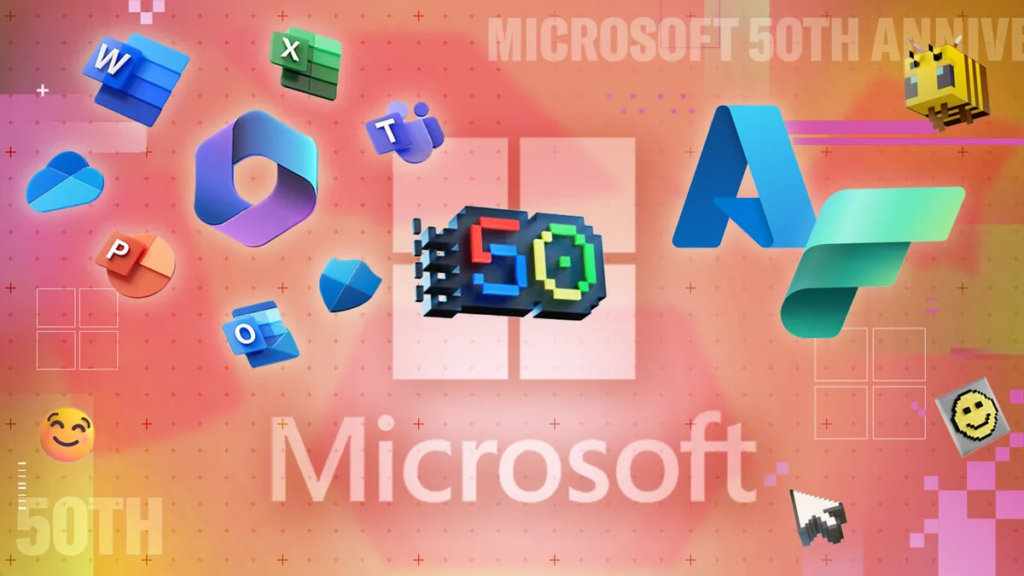
The Internet Age and Challenges (2000-2010)
In 2000, Bill Gates stepped down as CEO, with Steve Ballmer taking over. Microsoft faced intense competition from emerging tech giants like Google and Apple. The company released Windows XP in 2001, which was highly popular, but Windows Vista (2007) failed to meet expectations. In 2001, Microsoft entered the gaming world with the Xbox, and in 2005, the Xbox 360 was launched.
Cloud Computing and the Satya Nadella Era (2010-Present)
In 2014, Satya Nadella became CEO of Microsoft. Under his leadership, Microsoft shifted its focus to cloud computing, AI, and enterprise services. Microsoft’s cloud platform, Azure, became a strong competitor to Amazon’s AWS. In 2015, Microsoft introduced Windows 10, a unified platform for various devices, which became widely successful.
Nadella’s leadership also saw the launch of Microsoft Teams and the Power Platform. Microsoft has been integrating AI tools like Copilot into its products, making significant strides in AI development and digital transformation.

Microsoft’s Investment in AI
Microsoft has made substantial investments in AI, including a $13.8 billion investment in OpenAI, the creator of ChatGPT. In 2023, Microsoft reported an annual revenue of $13 billion from AI, surpassing OpenAI’s earnings. The company continues to lead in AI adoption and integration across its software and services.
Microsoft’s Role in Global Digital Transformation
As Microsoft celebrates 50 years of innovation, the company remains focused on sustainability, accessibility, and driving global digital transformation. Through advancements in AI and cloud computing, Microsoft continues to shape the future of technology.
